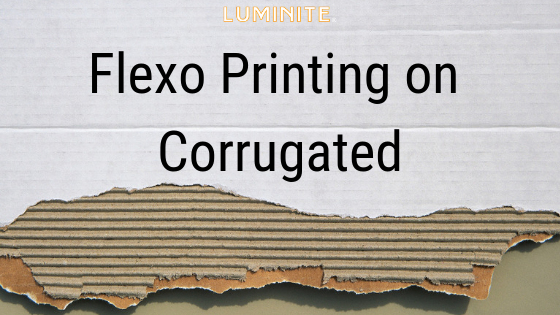Untangling Regulations: Commercial Printing Industry Standards

Commercial printing is a very complex world that involves a lot of attention to detail. A robust in-house printing system has technical requirements and necessary technology in addition to maintenance schedules, and routine system checks for quality verification.
While this can feel overwhelming, an organized printing ecosystem can monitor and address all these needs routinely to keep your printing at top quality and efficiency. Attention to detail goes further than just the printing process though, and there are many printing industry standards that need to be adhered to for ensuring safe, quality products are produced that buyers can rely on.
If you are looking to bring your printing needs in-house for the first time or even just want to double-check that everything with your printing operation is compliant, the multitude of printing industry quality standards can be confusing to anyone.
In this article, we'll break down some of the most notable printing industry standards and how they can affect your printing business.
ISO Standards for Commercial Printing
The International Organization for Standardization is an institution that is respected worldwide. They are a non-governmental agency that has formed a consensus on global standards for numerous industries.
Following ISO standards for the printing industry is not compulsory, but without voluntary compliance to relevant ISO standards, a business can lose significant credibility with purchasers. ISO standards are widely considered to be a requirement for commercial printing to ensure safe processes and quality final products.
Numerous ISO Standards exist for any large-scale operation, but each specific printing process has its own set of guidelines from the ISO. Though there are exceptions and variations to each rule, several general standards for printing processes are lined out in the following Standards:
ISO 12647, of which the above are all sections, is the family that contains most of the standards for commercial printing. Though there are guidelines that may apply to print operations beyond that, ISO 12647 contains the core foundational standards for printing processes for the ISO.
Though legal consumer standards are frequently modeled off of ISO standards, failing to comply with ISO standards usually isn't going to get you into trouble immediately. Failing to meet ISO standards, however, can compromise print quality and drive your market relevance to someone with a more reliable brand.
FDA Printing Compliance
A prime example of how standards from various industries can overlap with commercial printing is FDA regulations. The Food and Drug Administration has stringent regulations on anything that will comprise a part of food or drug packaging.
For printers with packaging operations such as many flexo printing operations, interacting with FDA printing standards for the packaging industry is inevitable.
The FDA's primary goal is consumer protection through safety. As such, they provide printing industry safety standards for any product that will come into contact with a food or drug product. Unlike ISO standards, these standards function with the full force of law. Due diligence must be paid to ensuring you are following all FDA-compliant materials standards. Relevant FDA standards regulate many materials used for products within the FDA's purview.
- Ink. Strict adherence to FDA guidelines is required for ink that may come into contact with food or medicine to prevent contamination.
- Packaging materials. The FDA has strict requirements for food grade and medical grade plastics to ensure that packaging doesn't deteriorate the reliability of a perishable product or cause harmful reactions like leaching.
- Medical and food grade metals and plastics. Materials for equipment used in the food or medical industry is also regulated by the FDA, and plastic or steel being printed on for medical equipment or food preparation use must also meet FDA standards.
While FDA standards can be very restricting, safety is an important part of providing quality workmanship. Knowing FDA guidelines and standards can help a commercial printing operation succeed by avoiding costly fines and lost labor, while also reinforcing its reputation as a professional provider of printing solutions.
Quality Standards for Good Business
Some printing standards aren't projected onto a printing operation through a regulatory agency, but rather are adopted for company identity and values. Consistent and quality printing are good for business and continued growth. Once you know the standards required by regulatory agencies and international consensus, your printing operation may want to set some internal standards based on your core values and the level of professionalism you want to ensure.
Your product should speak for itself, and consistency and quality prints every time are important. For commercial printing, internal standards can make you a more valuable partner for contracts. If someone comes to you with very specific colors that are quintessential to their brand, you need to produce that exact color every time. Setting standards internally is an important way to ensure that quality.
If you're confused or feel buried by regulations for your printing operation, we can help.
Here at Luminite, we have over 95 years of experience in the commercial printing industry. If you have questions about how printing regulations apply to you, contact us today. We'll be happy to partner with you to ensure a quality operation that you can count on, print after print.
(Editor's Note: This blog was originally published in March 2022 and was updated in November 2023 based on current information.)




